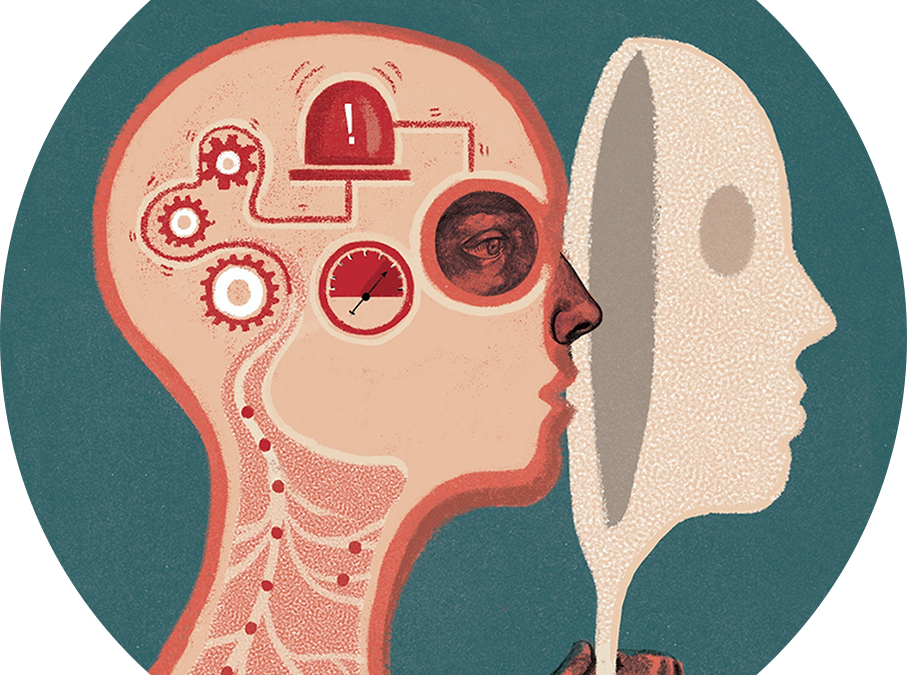
by Steve Haines | Dec 12, 2023 | Emotions, Touch
I’m being playful with the title here, because – as many of you well know – feeling emotion is not the strong suit of Star Trek’s king of reason, Dr Spock. However, we live in a world that for several centuries has favoured Spock’s reality; where reason... 
by Steve Haines | May 4, 2023 | Touch
Touch can be an incredible way to soothe, create safety, and help us to feel whole and healthy. Numerous studies have revealed that touch is essential for us humans to thrive and in this blog I’m going to share the details of these studies and what they can teach us... 
by Steve Haines | Feb 7, 2023 | Touch
My journey to becoming a bodyworker started with the study of Zen and Shiatsu. Zen opened up a whole new worldview for me and immersed me in a rich tapestry of philosophies and new ways of approaching the world, birthing a fascination with the idea of ‘non-doing’.... 
by Steve Haines | Jan 24, 2023 | Touch
A few years ago, I offered a series of workshops with a dancer called Marina Collard. It was very inspiring for me to bring awareness to simple gestures for hours at a time. Every time Marina moved, she looked like water being poured – always carving an elegant... 
by Steve Haines | Nov 22, 2022 | Touch
Last month we held a seminar on our ‘Art of Touch’ Biodynamic Craniosacral 2-year professional training and the feedback has been excellent. The course is suitable for you if you’re a health professional considering adding a new modality to your work or an individual... 
by Steve Haines | Aug 17, 2022 | Touch
Whether you’re personally working to release and heal trauma within you, or you’re a practitioner helping your clients to work through trauma, touch is an incredibly powerful and simple tool. I recently had a fascinating conversation with my long-time colleague Jane...







